Bigger, better, smarter, cheaper-that’s what
our TV tests found
There’s no buyer’s remorse in the Mercer
household in Tampa, Fla. Cynde Mercer says the 46 inch LCD TV she bought
recently has everything she wanted and then some – not only great picture and
sound but also features that have changed her viewing habits. “I’ve been able
to get by with basic cable because I augment it with streaming TV shows and
movies that I get free as an Amazon Prime subscriber, “she says of her
Internet-capable TV. She wouldn’t be able to do that without the set’s built-in
Wi-Fi, she adds, “because I would never run a cable from the router, which is
in another room.”
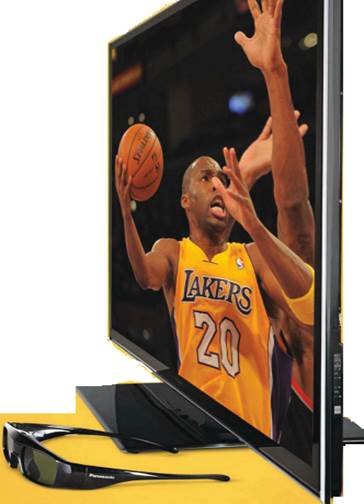
One
in four TVs bought this year will be 50 inches or larger
Other readers praised their TV’s
high-definition picture quality as “crystal clear” and “incredibly distinct.”
The combination of streaming video and Wi-Fi was a hit with several buyers.
Though you can get both of those features by connecting a device such as a Roku
or an Apple TV to your set, Mercer notes. “I didn’t want the clutter of another
set-top box.” Striking design came in for kudos as well. Susan Kooiman of The
Woodlands, Texas, says, “My new TV is very stylish, and it doesn’t take up much
room because it’s so thin.”
If you’re thinking about upgrading your TV,
or if you’re one of the holdouts planning to buy your first flat-panel TV,
here’s what you’ll find when you go shopping: larger, slimmer, smarter, and
more feature-rich models, many at prices that will put a smile on your face.
From chunky to chic
The first high-definition TVs were bulky
and boxy, and it took muscle to move those behemoths around. Todays’ flat-panel
TVs are slim, sleek, and lightweight. Here’s how TVs have evolved over the past
15 years.
Early
HDTVS with picture tubes, 24 inches deep
We were used to picture-tube sets when the
first high-definition TVs arrived in the late 90s, so their 24-to-30-inch-deep
chassis didn’t faze us. These babies were also heavy. A 34-incher, for
instance, could easily weigh in at more than 200 pounds.
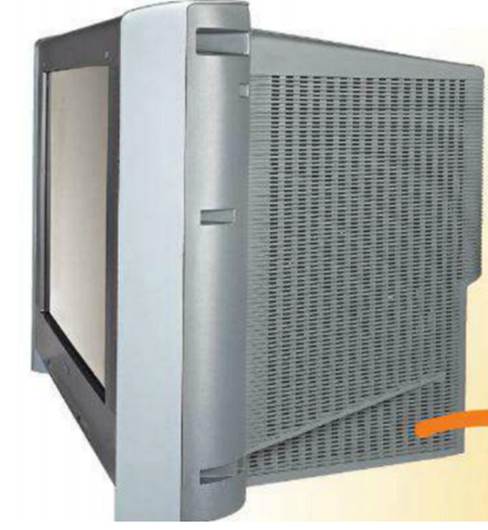
24
inches
Big-screen
rear-projection TVS, 18 to 28 inches deep
Around the same time, the first HD
rear-projection TVs came out: picture-tube models as deep as 28 inches. Then
came DLP, LCoS, and LCD models that were “only” a foot and a half deep, which
was slim by comparison.
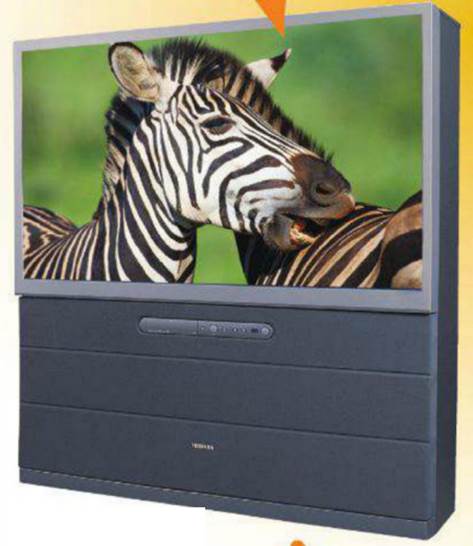
18
inches
Early
LCDs and plasmas, 4 inches deep
Soon after, flat-panel TV screens burst on
the scene at a fraction of the depth of anything that had gone before. But they
were also pricey. Some of the first 42-inch sets cost $5,000-plus, for example.
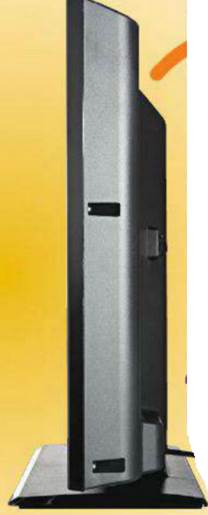
4
to 5 inches
Current
LCD (LED) and plasma TVs, 1 to 2 inches deep
The newest models put a whole new spin on
“slim.” Some LCD TVs with LED backlighting are less than an inch deep.
Many plasma and LCD TVs are between 1 and 2
inches in depth, though some are in the 4-inch range. They’re also lightweight,
averaging 30 to 40 pounds for some 42-inch sets.
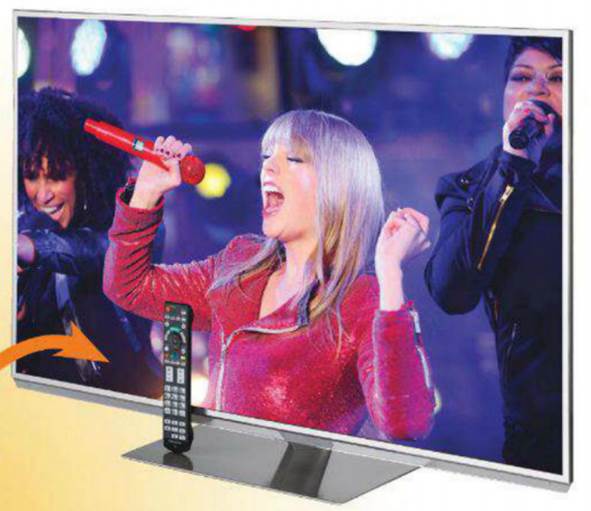
1
to 2 inches
Many new TVs have Wi-Fi and Web browsers.
Screens
are bigger and thinner.
Remember when 42-inch TVs seemed huge? Now
they look positively puny alongside the big boys in the TV showroom. You’ll
find 16 sets in our latest Ratings with screens 60 inches or larger, including
a 70-inch model from Sharp. And those aren’t even the biggest around. There are
80-inch and larger sets out now. Many Americans are upsizing. An estimated one
out of four TVs bought this year will have a 50-inch or larger screen, reports
Display- Search, a market research firm in Santa Clara, Calif. As their screens
are getting bigger, TVs are getting thinner. Many new LCD and plasma TVs
measure 2 inches or less in depth, with the slimmest coming in at 1 inch or so
– a far cry from the 2 – foot- deep TVs that hogged space in our living rooms
not that long ago.
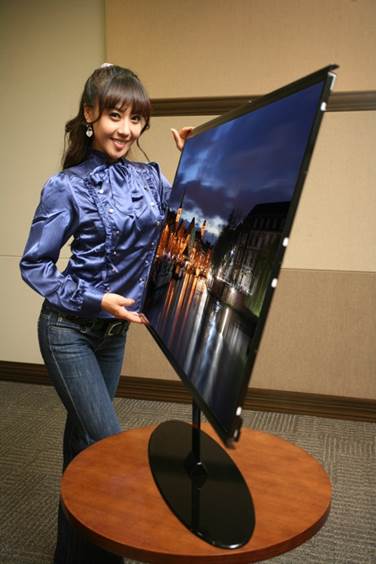
Screens
are bigger and thinner.
Smart
TV proliferates.
You’ll see lots of new TVs that can connect
to the Internet to stream video from Amazon Instant Video, Netfix, and other
services, putting on –demand movies and TV shows at your fingertips. A growing
number have full browsers for surfing the Web, built-in Wi-Fi to connect to
your Internet service without wires, and access to an apps market that will let
you add new content. To help you use such capabilities, some models have
sophisticated remote controls with touchpads, QWERTY keyboards, and integrated
microphones. Some TVs even respond to gesture and voice control.
TV
prices continue to fall.
As features proliferate, TV prices keep
inching down-ward, though the days of dramatic price cuts are over. For
example, a number of 50-inch-plus models we recommend are selling for around
$600, with 42-inchers going for $400 to $500. But the largest screens and new
technologies are still pretty expensive.
OLED
TVs on deck.
LCD and plasma TVs are likely to dominate
the market for years, but OLED (organic light-emitting diode) technology could
be the wave of the future. Not to be confused with current LCD sets using LED
backlights, OLED sets combine the slimness and energy efficiency of LCD TVs
with the deep blacks, rich colors, and wide viewing angles of plasma sets. We
tested Sony’s XEL-1 OLED TV when it came out a few years ago and were impressed
with its slim design and striking picture. But the 11-inch TV cost $2,500. New
55-inch sets from LG and Samsung that could arrive this year are expected to
sell for about $10,000.
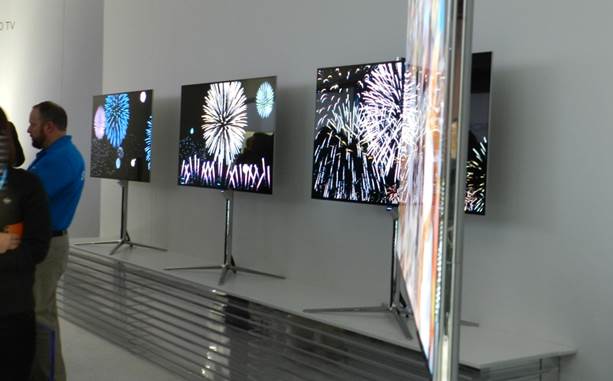
OLED
TVs on deck.
Ultra-high-def
sets arrive.
Move over, HD. Ultra-high-definition sets
are here. These TVs have 4k (3840x2160) resolution, four times as many pixels
as 1080p (1920x1080) sets. The first UHD sets available are LD and Sony LCDs
with 84-inch screens, a size that enables you to appreciate the added detail.
But they’re priced in the $20,000 to $25,000 range. A few companies are working
on slightly smaller models expected to cost less. But UHDTVs won’t go
mainstream anytime soon because of the high price and lack of 4k content. Sony
is providing buyers of its XBR-84X900 UHDTV with a loaner hard-drive player
loaded with 10 native -4k movies, plus other 4k video content the TVs can up
convert regular HD video from cable and Blu-ray to 4k, but that won’t take full
advantage of the TV’s potential and doesn’t justify the price
3D glasses
get another look.
3D TV hasn’t become a must-have, in part
because there isn’t much compelling content aside from the growing selection of
Blu-ray 3D movies. Another likely reason: Viewers don’t want to wear – or pay a
lot for – special bulky glasses. But today’s battery – powered active 3D
glasses are lighter, more comfortable, and less expensive than the first models
(costing as little as $20), and some work with several TV brands. Passive- 3D
sets, which use light, cheap glasses similar to those you get in movie
theaters, come with up to six pairs and extras, cost less than $10.
Manufacturers are working on glasses-free “autostereo-scopic” 3D, but we don’t
expect it this year. From what we’ve seen so far, the viewing angle could be limited.
Extra-wide screens have narrow appeal.
Another new development we saw last year-an ultra-wide LCD TV from Vizio with a
21:9 aspect ratio rather than the typical 16:9 dimensions of today’s
TVs-doesn’t seem like it will gain much steam.
We believe that 21:9 TVs, which have a
screen ratio that matches the format of many departure films, will remain niche
products for movie fans who want to watch wider-format movies at home without
black bars above and below the image. ( A drawback: You get black bars on the
sides when watching 16:9 TV broadcasts.)